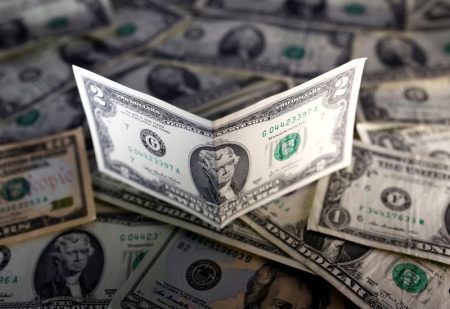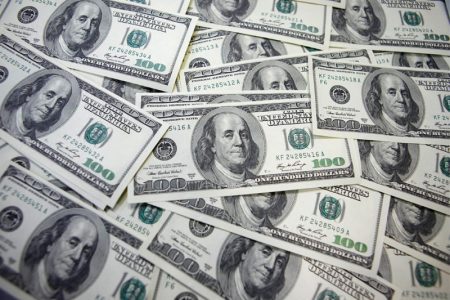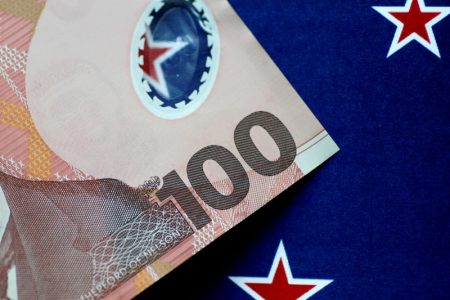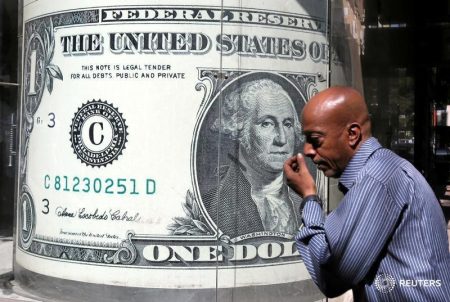By Saqib Iqbal Ahmed
NEW YORK (Reuters) -The U.S. dollar eased against a basket of currencies on Wednesday after data showed U.S. business activity approached the stagnation point in August, with growth at its weakest since February as demand for new business in the vast service sector contracted.
S&P Global (NYSE:) said its flash U.S. Composite PMI index, which tracks manufacturing and service sectors, fell to a reading of 50.4 in August from 52 in July, the biggest drop since November 2022.
Michael Brown, market analyst at Trader X, said the data does “rather threaten the ‘U.S. exceptionalism’ narrative that the market has been trading on for the last couple of weeks.”
For months, a strong labor market and resilient consumer spending have increasingly assuaged fears of recession, and led to upward revisions of GDP growth forecasts. But Wednesday’s data painted a more tepid picture about the economy.
The – which measures the currency against six major counterparts – was down 0.14% at 103.45.
The index hit a more than two-month high of 103.98 earlier in the session, following dismal business activity data from Europe, that put pressure on the euro and the British pound.
HCOB’s flash Composite Purchasing Managers’ Index (PMI) for the euro area, compiled by S&P Global, dropped to 47.0 in August from July’s 48.6, its lowest since November 2020. The services component sank to 48.3 from 50.9, its first time below the 50 mark that separates growth from contraction this year.
The German composite figure fell to its lowest since May 2020 as a deepening downturn in manufacturing output was accompanied by a renewed contraction in services activity. The euro weakened to $1.0802, its lowest level since mid-June, after the German data.
It was a similar picture for the pound, which fell to its lowest level in more than a week at $1.2623, after the S&P Global/CIPS PMI tumbled to 47.9 in August, the lowest level since January 2021, while the survey also showed price and cost pressures eased.
“I don’t think anyone is particularly surprised about the weakness here in the UK or in Europe, nor by the subsequent tumble in the GBP and EUR earlier, but the U.S. data is more concerning given how resilient the economy has been so far this year,” Trader X’s Brown said.
The pound was last down 0.17% at $1.271.
“The weaker-than-expected PMI data from European economies is consistent with our view that the euro and sterling will fall further against the dollar over the next couple of months,” Jonathan Petersen, senior markets economist at Capital Economics said in a note.
Overall, traders expect moves in currency markets to be limited ahead of a speech by Federal Reserve Chair Jerome Powell at the Fed’s central bank symposium at Jackson Hole, Wyoming, set for Thursday to Saturday.
Meanwhile, the dollar fell 0.71% against the yen to a more than one-week low of 144.845 yen, pulling away from the nine-month high of 146.565 touched last week, leaving traders on tenterhooks as they warily watch for any signs of intervention.
The dollar’s break above 145 yen last year triggered intervention, and speculation has begun mounting that Tokyo could soon step into the market to support its currency again if the yen weakens further.
In cryptocurrencies, bitcoin rose 1.62% to $26,465, a five-day high, as investors turned more comfortable with riskier investments.
Read the full article here















